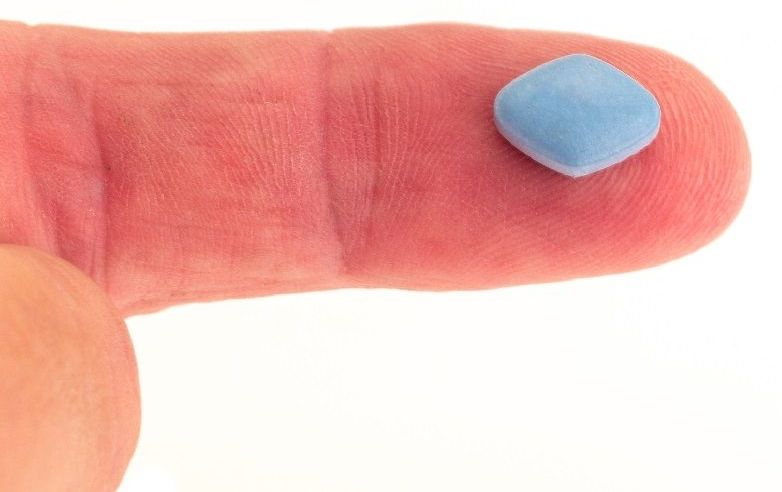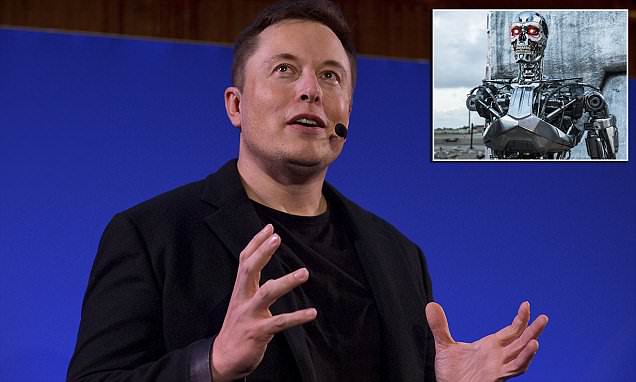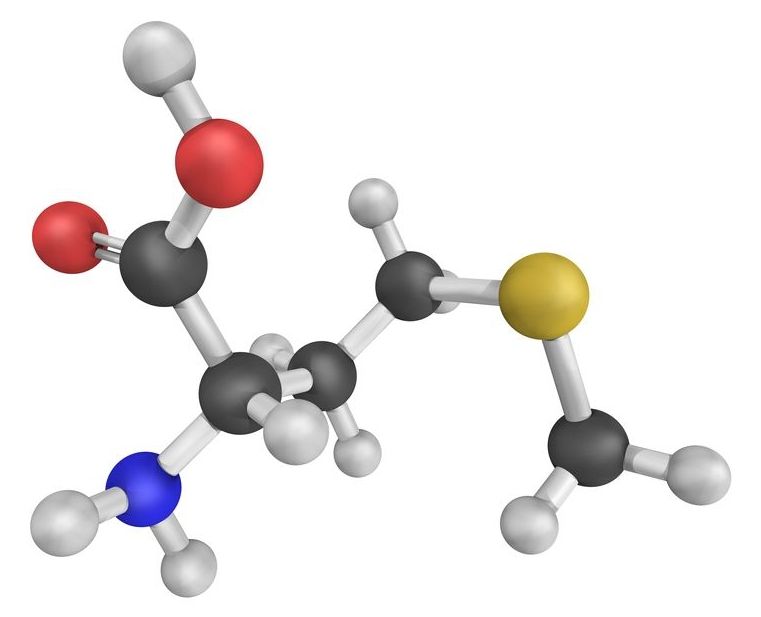New liquid biopsy tests could prevent most cancer deaths with an inexpensive blood draw, as firms bring their cancer tests to trials.
New liquid biopsy tests hold promise to prevent most cancer deaths with a simple, inexpensive blood draw. [This article first appeared on LongevityFacts. Author: Brady Hartman. ]
A simple blood test that tells if you have a tumor and where it is in your body is a lot closer to reality and may cost only $500. Johns Hopkins University (JHU) just announced a test earlier this year that detects eight common types of cancer. It may prove inexpensive enough to be prescribed during a routine physical.
The JHU test is not the only early warning test for cancer. In fact, several organizations are developing new low-cost ways of detecting cancer early, creating the closest thing we have to a silver bullet cure against the disease.









